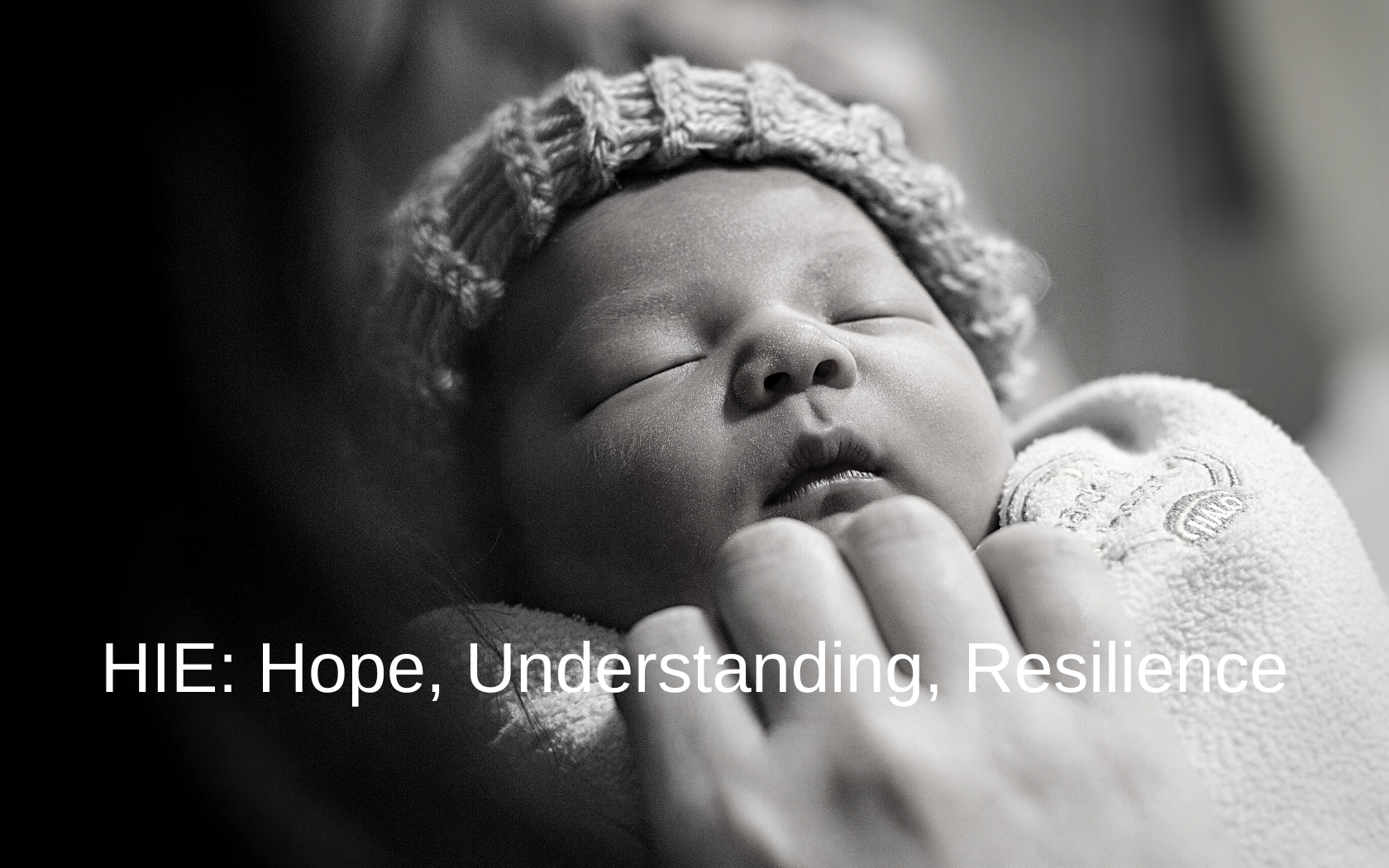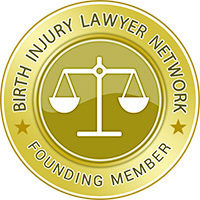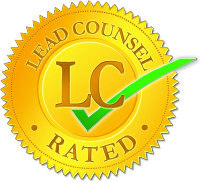You just found out your child has HIE. One of the questions on your mind is, “What’s the life expectancy for a baby with HIE?”
There isn’t a magical formula to calculate HIE baby life expectancy. But one thing we can assure you is there are plenty of ways to improve the prognosis for a baby with HIE. In this article, we’ll explain what they are, and what factors influence life expectancy.

What is Hypoxic-ischemic Encephalopathy (HIE)?
Hypoxic-ischemic encephalopathy (HIE) is a medical condition where a baby’s brain doesn’t get enough oxygen and blood flow during or after birth. This lack of blood and oxygen can damage the brain.
There are many reasons why HIE might happen, including:
- Delivery that takes too long
- Issues with the placenta
- Problems with the umbilical cord
According to the Cleveland Clinic, 1 to 6 in every 1,000 babies has HIE in the United States.
Doctors use different tests like scans and blood tests to figure out if a baby has HIE. If they do, the doctors will work to keep the baby’s oxygen levels, blood pressure, and temperature just right.
What is the Prognosis for Babies with HIE?
When a baby has HIE, they might show signs like being very tired, having trouble feeding, or even having seizures. Some babies get better with time, especially if they receive treatment right away. Others have lifelong health issues.
HIE baby life expectancy and prognosis hinges on finding and treating HIE early. Even though it can be a serious condition, with the right care, some babies can go on to lead healthy lives.
The prognosis for babies with HIE depends on many factors, including:
- The duration of oxygen deprivation
- The baby’s health during pregnancy, before they developed HIE
- Which part of the brain sustained damage
- The timing of the HIE diagnosis
- How quickly the baby received treatment and the extent of treatment
HIE can cause lifelong disorders and conditions. These can affect life expectancy. These conditions include:
- Cerebral palsy
- Intellectual or cognitive disabilities
- Developmental problems
- Breathing issues
- Seizures
- Physical disabilities
- Feeding problems

HIE Baby Life Expectancy
Now to the main question we’re seeking to answer here. First, HIE baby life expectancy isn’t the same for every child. It depends on a lot of factors, like the severity of their condition and whether they have any associated complications.
But in general, most babies with mild HIE survive. According to the Cleveland Clinic, most babies who have mild or moderate HIE have a normal life expectancy. That means they live as long as anyone else would. But they may live with certain disabilities.
On the other hand, severe HIE does shorten life expectancy. But exactly how much is determined by the disabilities, health conditions, and complications each child has. For example, cerebral palsy, which sometimes results from HIE, causes immobility. Immobility, in turn, increases the risk of worrisome health conditions, some of which may be life-threatening. These include:
- A weak immune system
- Osteoporosis
- Pneumonia
- Kidney stones
- Pressure sores
The Florida Neonatal Neurologic Network offers some statistics as an answer to the question “What is HIE baby life expectancy?” The FNNN groups prognosis of babies with HIE by their clinical classification:
- Mild HIE: Severe handicaps are observed in fewer than 5% of these infants.
- Moderate HIE: Severe handicaps or early mortality may occur in 25% to 75% of these infants.
- Severe HIE: Severe handicaps or early mortality are likely in 75% or more of these infants.

Improving Outcomes for Babies with HIE
The outcome or life expectancy for a baby with HIE isn’t “set in stone” from the moment they’re diagnosed. There are many ways to improve their prognosis.
But it may take an entire toolbox of treatments and therapies. You may need to involve many doctors and therapists in your child’s care. And treatment isn’t just a one-time thing. Many babies with HIE need ongoing support.
Here are some strategies for improving HIE baby life expectancy and outcomes:
- Swift diagnosis and intervention. Early recognition of signs and symptoms of HIE is essential.
- Therapeutic hypothermia. This is a medical intervention that involves cooling the baby’s body temperature. It can only be done shortly after birth.
- Specialized care for newborns. Neonatal intensive care units (NICUs) can handle the specific needs of infants with HIE.
- Rehabilitation services. These can include physical therapy, occupational therapy, and speech therapy. Therapy can address developmental delays and support the baby’s overall well-being.
- Support for Parents. Parents of children with HIE need support, too! They should understand their child’s condition and be involved in the care plan. These things can positively impact the child’s development.
In summary, there’s no specific age for HIE baby life expectancy. It varies, but prompt intervention and ongoing care can improve a baby’s life. However, ongoing therapy is costly. Many parents don’t realize healthcare providers are liable for treatment costs when their negligent actions cause HIE. If you suspect foul play was involved in your child’s development of HIE, contact our lawyers here.












